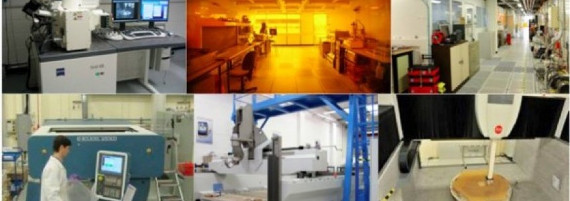Recruiting Ultra Precision Scientists and Engineers of the Future

Starting in October 2013, the programme aims to train students in many advanced ultra precision technologies and processes including: laser micro processing; focused ion beam machining; reactive atom plasma processing; micro mechanical machining; nanofabrication; graphene engineering; printed electronics; and advanced metrology systems.
The CDT in Ultra Precision welcomes applicants from any field of Science and Engineering who have obtained a first or upper second class honours degree (or equivalent). They should possess an innovative approach to problem solving, well-developed technical skills, and the potential to become world leaders in the field of ultra precision science and engineering.
The programme is structured in two phases: a one-year taught MRes course in Cambridge followed by a three-year PhD research programme at Cambridge, Cranfield, or another UK university through the National Centre Programme of the EPSRC Centre in Ultra Precision.
With the deadline for applications set at 31st March 2013, candidates should start preparing all supporting documents – including references and academic transcripts – as soon as possible, as entry into this prestigious new research programme is very competitive.
Full EPSRC funding (currently £13,590 student maintenance per year + fees), with additional payments from industrial sponsors of up to £6.5k per year during the PhD phase, is available for UK students and EU students who have studied full-time for three years in the UK. Fees-only funding is available for other EU students. General student eligibility information is available from the EPSRC .
Overseas/Non-EU applicants are not eligible to apply for funding from the CDT in Ultra Precision.
For more information and to apply please visit this link









